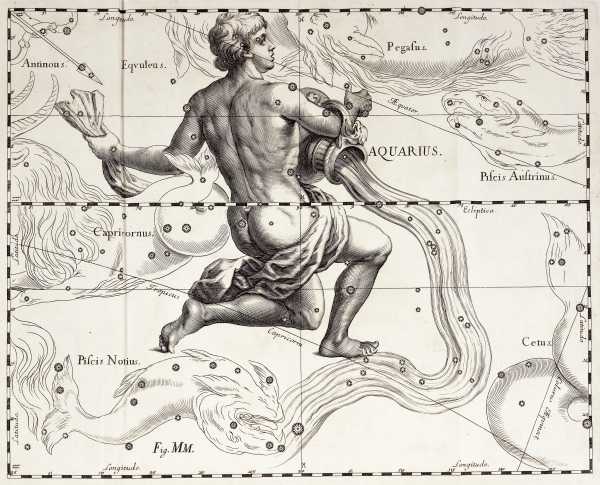
When Earth passes through the trail of debris left behind by a comet, bits of that debris catch fire in our atmosphere and streak across the sky at a blazing 3,000 degrees Fahrenheit. This week, you can look up and see this celestial show during the peak of the annual Delta Aquariid meteor shower.
It might not be quite as spectacular as the Perseid meteor shower, still to come on August 11 through 13, but the Delta Aquariids are worth staying up late for. The very peak of this meteor shower is July 30, but the peak is long and drawn out: You can still see Delta Aquariid meteors tonight and over the next few weeks.
How do you find it? The meteors will appear to radiate out of the star Delta Aquarii, in the constellation Aquarius (which takes the form of a guy pouring out a jug of water). Use a smartphone app like Sky Guide to find out precisely where to look where you live.
Aquarius will rise in the southeastern sky after around 11 pm. The meteors will be easier to spot the later it gets in the night, as Delta Aquarii rises higher and higher. Making viewing easier: The moon is just a crescent silver in the night sky tonight (the new moon is on July 31), meaning its light won’t drown out the show.
NASA notes this meteor shower usually produces around 20 meteors per hour at its peak. (There’s also another meteor shower, the Alpha Capricornid, that’s active right now and may produce five meteors per hour.) You don’t need to be looking directly at Delta Aquarii to see the meteors, as they’ll radiate out in all directions across the sky. Here are NASA’s viewing tips:
Again, if you miss these meteors, hold out until August: The best meteor shower is the Perseid, and it’s coming up soon.
Sourse: vox.com






